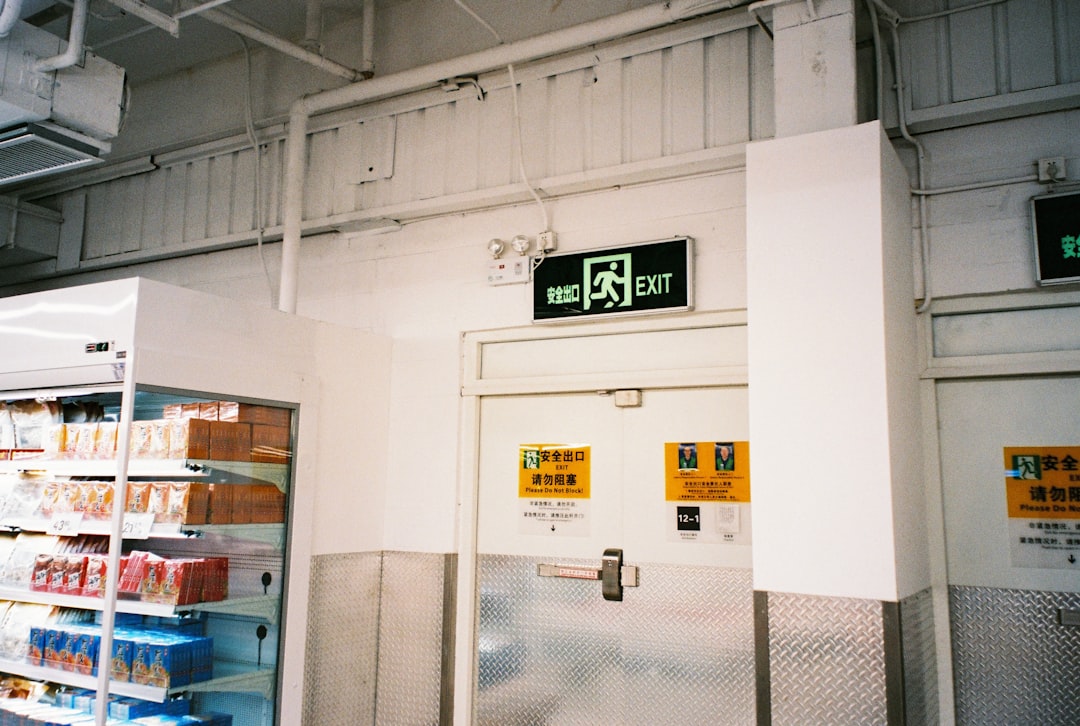In the fast-paced world of video and audio production, delivering a flawless final product is paramount. Post-production quality monitoring (QC) is no longer a luxury; it’s a critical process that ensures the highest standards are met, preventing costly reshoots and reputational damage. This comprehensive guide delves into the key aspects of effective post-production quality monitoring, equipping you with the knowledge and strategies to polish your pixels to perfection.
1. Automating the Mundane: The Role of Automated QC Tools
Automated quality control tools are revolutionizing post-production workflows. These software solutions can automatically scan your media for a wide range of issues, including:
- Technical glitches: Detecting dropped frames, audio sync issues, video artifacts, and other technical imperfections.
- Color inconsistencies: Identifying variations in color grading and ensuring consistent color across the entire project.
- Metadata verification: Checking for accurate and complete metadata, crucial for organization and future accessibility.
- Black levels and white levels: Ensuring optimal brightness and contrast for a visually appealing output.
- Aspect ratio and resolution compliance: Verifying that the final output meets the required specifications for broadcasting or distribution.
Automated QC significantly speeds up the process, allowing human reviewers to focus on more nuanced aspects of quality. However, it’s crucial to remember that automated systems are not foolproof and should be used in conjunction with human review.
2. The Human Touch: Why Manual Review Remains Essential
While automated tools handle the technical aspects, human review remains indispensable for subjective quality assessments. A trained eye can detect subtle nuances that automated systems might miss, such as:
- Audio clarity and balance: Evaluating the overall audio quality, ensuring dialogue is clear, music is well-mixed, and sound effects are appropriately placed.
- Visual appeal and storytelling: Assessing the overall aesthetic of the video, ensuring that the visuals effectively support the narrative.
- Continuity and consistency: Checking for continuity errors, such as changes in wardrobe or set dressing, and ensuring consistency in visual style and tone.
- Subtle defects: Identifying minor imperfections that might go unnoticed by automated systems, such as flickering lights or distracting background elements.
- Overall emotional impact: Evaluating the emotional effectiveness of the final product and identifying any areas that need improvement.
Human reviewers bring experience, creative judgment, and an understanding of the overall context to the quality control process. The combination of automated and manual review provides a comprehensive and robust QC strategy.
3. Metadata Matters: Ensuring Accurate and Complete Information
Accurate metadata is crucial for efficient media asset management and future accessibility. Post-production QC should include a thorough check of all metadata, ensuring that:
- File names are consistent and descriptive: Using a clear and logical naming convention allows for easy identification and retrieval of files.
- Keywords are accurate and comprehensive: Using relevant keywords improves searchability and allows for easy categorization of assets.
- Timecode is accurate and synchronized: Accurate timecode is essential for syncing audio and video and for precise editing and post-production work.
- All relevant metadata fields are populated: Ensuring that all necessary information, such as date, project name, and contributors, is included.
- Metadata is consistent across all platforms: Ensuring that metadata is consistent across different systems and platforms, avoiding any discrepancies or inconsistencies.
Proper metadata management simplifies the post-production workflow and ensures the long-term usability and accessibility of your media assets.
4. Establishing Clear Quality Standards and Checklists
Before commencing the QC process, it’s vital to establish clear quality standards and checklists specific to your project. These standards should outline the acceptable levels for various aspects of quality, such as:
- Technical specifications: Defining the required resolution, frame rate, aspect ratio, and audio sampling rate.
- Visual quality: Specifying acceptable levels for color accuracy, brightness, contrast, and sharpness.
- Audio quality: Defining acceptable levels for audio clarity, balance, and noise levels.
- Content accuracy: Ensuring that the final product is factually accurate and free from errors.
- Style guide adherence: Ensuring consistency with branding guidelines and style guides.
A well-defined checklist ensures consistency and efficiency in the QC process, minimizing the risk of overlooking critical issues.
5. Iterative QC: Embracing a Continuous Improvement Approach
Post-production quality monitoring isn’t a one-time event; it’s an iterative process that should be integrated throughout the entire post-production workflow. This involves:
- Regular checkpoints: Implementing regular QC checks at various stages of the post-production process, allowing for early detection and correction of errors.
- Feedback loops: Establishing clear feedback mechanisms between QC personnel and the production team, ensuring that issues are addressed promptly and effectively.
- Continuous improvement: Regularly reviewing the QC process itself, identifying areas for improvement and refining procedures to increase efficiency and effectiveness.
- Documentation and reporting: Maintaining detailed records of all QC findings, allowing for tracking of trends and identification of recurring issues.
- Training and development: Providing ongoing training and development for QC personnel, ensuring that they are equipped with the latest tools and techniques.
By embracing a continuous improvement approach, you can ensure that your post-production quality monitoring process remains effective and efficient, leading to consistently high-quality final products.
Implementing a robust post-production quality monitoring strategy is an investment that pays significant dividends. By combining automated tools, human expertise, and a commitment to continuous improvement, you can ensure that your final product meets the highest standards of quality and leaves a lasting positive impression on your audience.
Tags: post-production, quality monitoring, QC, video quality control, audio quality control




